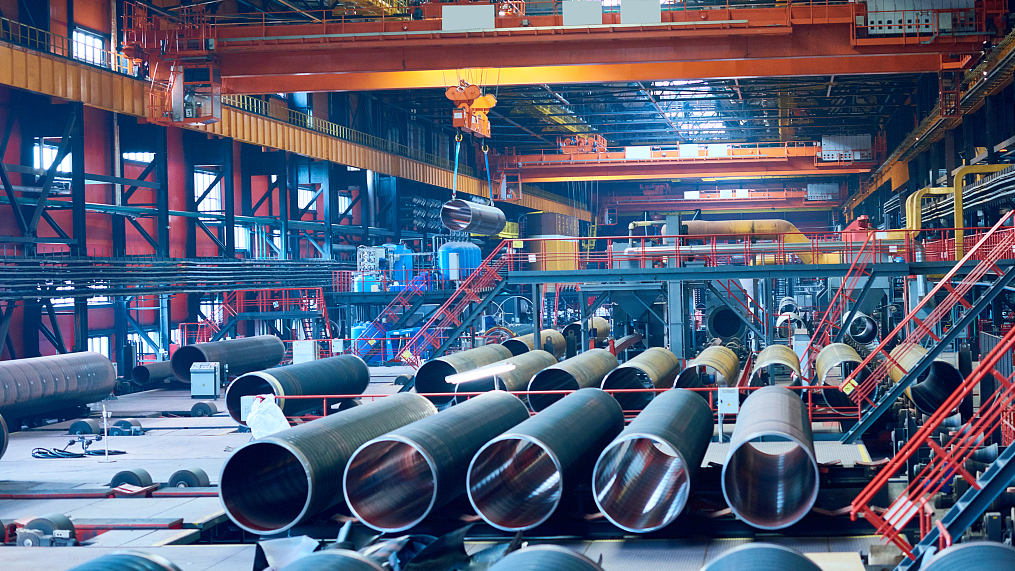CONF: China’s steel output at 1.05 billion t for 2020, accounts for 58% of the global steel output
Source:MysteelDec 21, 2020 09:45See Full-size Table Here

China Crude Steel Art Abyss
https://www.steelguru.com/author/strategic-research-institute
China’s crude steel output will probably reach 1.05 billion tonnes for 2020, or having maintained an average growth of 50 million tonnes/year in recent years, and its share in the global steel output will rise to 58% from the 53% for 2019,
Luo Tiejun, vice chairman of China Iron & Steel Association (CISA), shared with delegates of Mysteel Annual Summit on December 19 in Shanghai.
The high steel production this year has been driven by strong demand, he emphasized, sharing that against the 5.5% on-year growth in China’s crude steel output over January-November, the country’s apparent crude steel consumption is estimated to have grown by 9.8% on year to 950 million tonnes in the first 11 months of 2020. “Actually,
Unprecedented steel demand in China pushed steel mills to increase daily crude steel output to a record high of 3.09 million tonnes a day in September 2020, which started tapering in in October 2020 to 2.97 million tonnes a day and 2.92 million tonnes a day in November 2020 as with the onset of winters in North China resulted in output restrictions forcing many steel mills to undertake maintenance. However, as the steel realization is very strong, daily crude steel output in December 2020 is likely to remain above 2.9 million tonnes a day, meaning we could witness China producing record 1.05 billion tonnes of crude steel in 2020, up by about 5% YoY, despite crude steel production shrinking to 79.9 million tonnes in January, 74.77 million tonnes in February and 78.97 million tonnes in March, when COVID19 spread had slowed down activities.
Source:MysteelDec 21, 2020 09:45See Full-size Table Here

China Crude Steel Art Abyss
https://www.steelguru.com/author/strategic-research-institute
China’s crude steel output will probably reach 1.05 billion tonnes for 2020, or having maintained an average growth of 50 million tonnes/year in recent years, and its share in the global steel output will rise to 58% from the 53% for 2019,
Luo Tiejun, vice chairman of China Iron & Steel Association (CISA), shared with delegates of Mysteel Annual Summit on December 19 in Shanghai.
The high steel production this year has been driven by strong demand, he emphasized, sharing that against the 5.5% on-year growth in China’s crude steel output over January-November, the country’s apparent crude steel consumption is estimated to have grown by 9.8% on year to 950 million tonnes in the first 11 months of 2020. “Actually,
Unprecedented steel demand in China pushed steel mills to increase daily crude steel output to a record high of 3.09 million tonnes a day in September 2020, which started tapering in in October 2020 to 2.97 million tonnes a day and 2.92 million tonnes a day in November 2020 as with the onset of winters in North China resulted in output restrictions forcing many steel mills to undertake maintenance. However, as the steel realization is very strong, daily crude steel output in December 2020 is likely to remain above 2.9 million tonnes a day, meaning we could witness China producing record 1.05 billion tonnes of crude steel in 2020, up by about 5% YoY, despite crude steel production shrinking to 79.9 million tonnes in January, 74.77 million tonnes in February and 78.97 million tonnes in March, when COVID19 spread had slowed down activities.







